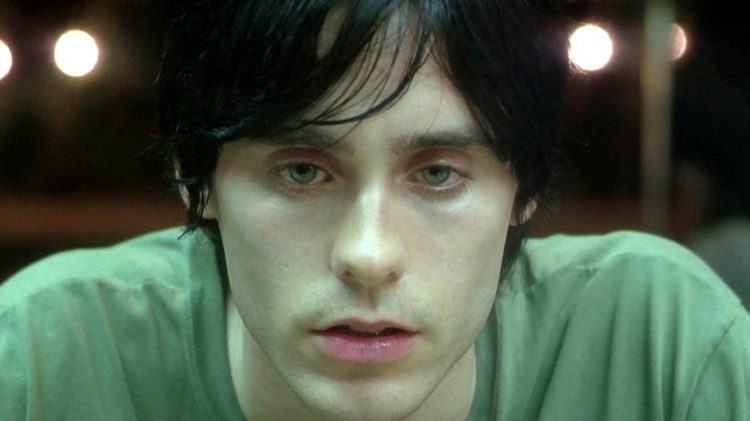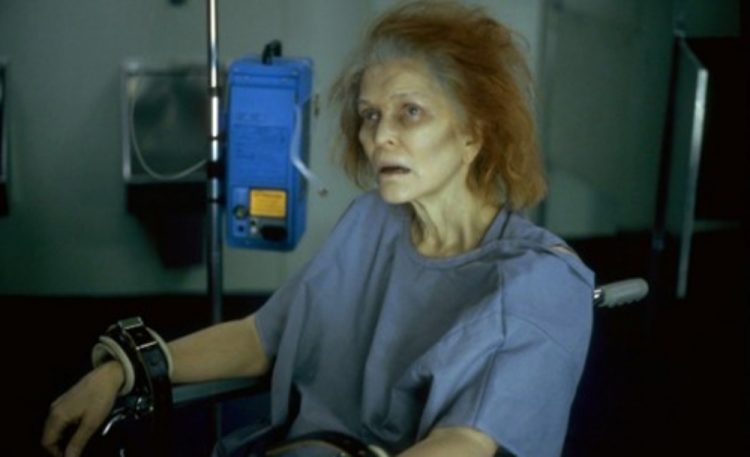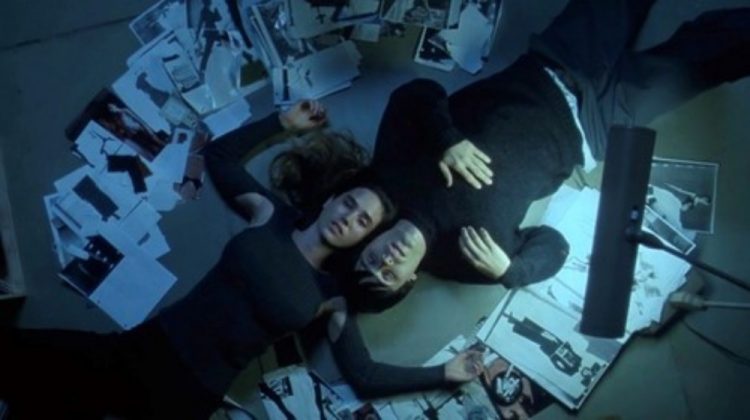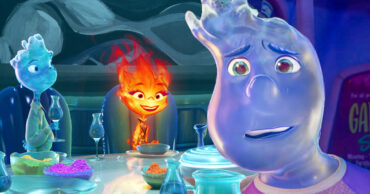Movies have a way of making us feel a certain way. They can make us feel happy, inspired, and empowered – or they can make us feel so depressed and barely able to make any comments. The movie Requiem for a Dream had this effect on many people, despite its dreamy-sounding name.
Some people watched the movie because they saw the recommendations. Others watched it because they heard Clint Mansell’s “Lux Aeterna” song, which went viral then. They wanted to see the movie featuring the masterpiece, only to be left in a spiraling pit of depression at the end.
Is this movie the most depressing one you could ever see? For some, it is one of the most difficult movies to watch. But let us see precisely how depressing Requiem for a Dream is.
A Story of Addiction

Credit: @Netflix
Requiem for a Dream is a movie that depicts the story of four people who had their lives affected by drug abuse. As the movie progresses, it shows how the characters become prisoners in their minds, surrounded by desperation and delusions.
The movie begins with Sara Goldfarb (Ellen Burstyn) watching TV in her apartment. Harry (Jared Leto), her son, is a heroin addict who wishes to open a clothing store with his girlfriend Marion (Jennifer Connelly). Harry’s best friend, Tyrone (Marlon Wayans), also dreams of escaping the hood and earning his mother’s approval. To reach their dreams, the three of them start trafficking heroin.
Sara eventually gets a phone call where she is asked to participate in a game show she loves. When she tries on the dress she wore at Harry’s graduation; she realizes she’s overweight. After a visit to the physician, she is prescribed amphetamines to keep her diet under control. Sara begins taking more amphetamines as she relishes the energy boost and her rapid weight loss.
This starts a difficult journey for the four of them, where they are constantly struggling with abuse and recovery – only to fail continuously. Their drug abuse causes many problems, such as jail time, sex trafficking, and drug-induced psychosis.
What Made Requiem for a Dream So Depressing?

Credit: @Netflix
Many things made this movie feel depressing to the viewer. For one, it’s how the action evolves. In most movies about addiction, the drug-abusing characters are going through several hardships of life, eventually recovering. By the end, they realize they need to get their life back to getter. They go to rehab, get clean, and they pull their lives back together.
With Requiem for a Dream, this was not the case. The story was about them spiraling down, reaching the deepest ends of addiction without recovering. They did not succeed in pulling their lives together or getting into rehab. Perhaps this is what makes the movie so depressing – not everyone manages to recover from drug abuse.
Even Daren Aronofsky, in an interview for Salon, describes the movie as a rollercoaster ride that smashes straight into a brick wall. It’s a film where you can’t see anything positive in sight. It’s like jumping out of an airplane, only to realize that you forgot your parachute.

Credit: @Netflix
Requiem for a Dream is a monster movie – but unlike the average horror movie, the monster resides in your head. The monster is addiction, which is a real human struggle. To some extent, everyone has an addiction, from procrastinating to working so much until you reach burnout stages. The monster is real, which makes it as scary as it is depressing.
The movie took its toll on the actors as well. Jared Leto would starve himself for months before filming. Darren Aronofsky also requested he and Wayans refrain from having sex and sugar. This way, their cravings on the screen would look real. The strains on Ellen Burstyn and Jennifer Connelly were just as great. Burstyn, for example, found the feelings even more intense and challenging than in The Exorcist.
The movie was so depressing because the story was not precisely about heroin. It was that anything in your life could be a drug. Whether it was diet pills, sex, sugar, TV, hope, or love – it all sends you into the same inner monologue. It creates a fantasy that causes a hole in your present.
A Tragic End
Requiem for a Dream ends like a tragedy – but a different kind. In your average tragedy movie, the character sacrifices themselves for the greater good. The tragedy is necessary and cannot be avoided. The depressing ending gives us a sense of completion as the characters gain redemption.
This is not the case with Requiem for a Dream. The tragic end is a spiral that could have been avoided. There is no redemption, no good ending for anyone in sight. It leaves a pit in your stomach, mainly because of the realism of the scene: not everyone gets better.
Depending on whom you ask, Requiem for a Dream may or may not be the most depressing movie. Even if it’s not, it comes very close. It’s the kind of film you would watch once and appreciate greatly but wouldn’t dare go near it a second time.
 Follow Us
Follow Us





